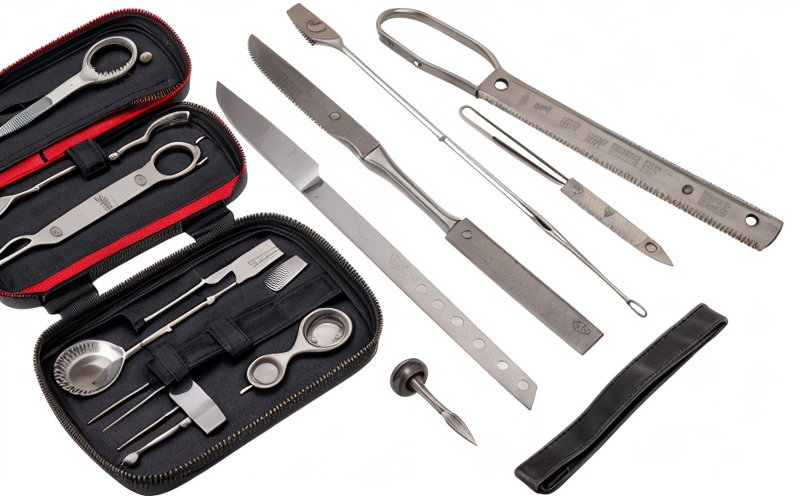Needle Attachment Strength Testing
In the realm of medical device testing, particularly within the surgical instruments and tools sector, ensuring the robustness and safety of needle attachments is paramount. Needle attachment strength testing plays a critical role in verifying that these components can withstand the stresses encountered during use without compromising patient safety or efficacy.
The purpose of this test is to evaluate how securely a needle is attached to its handle or other parts, which directly impacts the performance and reliability of surgical instruments. A secure attachment ensures that needles do not detach prematurely, thereby reducing the risk of complications such as needlestick injuries and ensuring precise surgical procedures.
The testing process involves subjecting the needle attachment to a series of mechanical stresses to determine its resistance to failure. This can include tensile strength tests where the attachment is pulled apart until it fails, or shear strength tests that simulate the forces encountered during use in surgery. These tests are performed using specialized equipment designed to mimic real-world conditions accurately.
During specimen preparation, needles and their attachments are carefully aligned according to ISO 11137-4 standards. This ensures consistent test results across different devices. The testing apparatus used for these evaluations typically includes a universal testing machine capable of applying controlled loads at various rates.
The methodology employed during this test is critical in ensuring accurate and reproducible results. It involves clamping the needle attachment securely into place, applying incremental loads until failure occurs, then recording both peak load values and fracture locations if any. This approach allows manufacturers to identify potential weaknesses in design or manufacturing processes early on.
The importance of this testing cannot be overstated, especially given the high stakes involved when dealing with medical devices used directly on patients. By adhering strictly to international standards like ISO 10993-6 and ASTM F756, labs provide assurance that their findings are reliable and internationally recognized.
Manufacturers often rely heavily on this type of testing during product development stages as well as post-market surveillance activities. It helps them maintain compliance with regulatory requirements while continuously improving the quality of their products. Understanding these nuances is essential for those involved in ensuring medical device safety and efficacy.





